BP Cuts Costs and Targets $20B in Asset Sales After 48% Profit Slump
BP plc $BP reported a sharper-than-expected decline in first-quarter net profit, falling 48% year-over-year to $1.4 billion. The British energy major cited underperformance in gas trading and downstream refining operations as primary contributors to the slump. The results missed analyst expectations and reignited questions about the company's strategic direction, especially in its transition era following former CEO Bernard Looney’s push toward renewables.
The earnings disappointment was compounded by the departure of Julia Kjerkegaard, BP’s head of strategy and sustainability. A key architect of BP’s energy transition agenda, her exit signals potential realignment under current CEO Murray Auchincloss, who is steering the company towards improved profitability and greater investor discipline.
A Strategic Pivot Toward Leaner Operations
In response to mounting pressure for stronger returns, Auchincloss unveiled a multi-pronged effort to streamline BP’s portfolio. The centerpiece is a $20 billion divestment plan slated to run through 2027. The company aims to exit non-core assets and channel resources toward higher-yielding segments.
Additionally, BP announced tighter cost control measures and reiterated its commitment to ongoing share buybacks. The move comes as the company faces elevated capital discipline expectations from shareholders in the wake of volatile commodity prices and increased scrutiny over its clean energy roadmap.
Factors Behind BP’s Weakened Q1 Performance
Weak Gas Trading Results
Compared to the previous quarters, BP’s gas trading desk delivered softer margins, reflecting lower volatility and seasonal demand.
Downstream Margin Compression
The refining segment faced tighter crack spreads, driven by oversupply in certain markets and softer product demand in Asia.
Continued Clean Energy Investment Costs
Ongoing spending on renewables and hydrogen projects — while strategic — added to the short-term burden on profitability.
Geopolitical and Macro Headwinds
Market instability in key regions, including the Middle East and Eastern Europe, introduced additional uncertainty for BP’s trading and supply operations.
Foreign Exchange Impacts
A strong dollar versus emerging market currencies weighed on international revenue contributions when converted to dollars.

Measures Being Taken to Rebalance the Business
Asset Sales Targeted at $20 Billion: BP plans to divest non-core upstream and midstream assets globally to reduce debt and fund strategic priorities.
Share Buybacks Continue: Capital return remains a key pillar, with repurchases used to signal management confidence and bolster share price stability.
Operational Cost Reductions: The company is implementing structural savings initiatives across its supply chain and workforce.
Refining Optimization Strategy: Efforts are underway to improve downstream efficiency, including planned maintenance deferrals and digital upgrades.
Review of Energy Transition Strategy: With Kjerkegaard’s departure, the firm may recalibrate its green strategy to better balance growth with returns.
Looking Ahead: Balancing Transition and Shareholder Value
The first quarter results highlight the tension between BP’s energy transition goals and investor appetite for near-term returns. While the company continues to position itself as a low-carbon leader, this earnings report reinforces the importance of execution discipline and portfolio clarity. CEO Auchincloss appears focused on pragmatic restructuring — optimizing asset utilization while still pursuing selective investment in renewables and advanced fuels.
BP’s next quarters will be crucial in demonstrating whether its leaner, refocused strategy can deliver the kind of resilience and growth demanded by global energy markets.



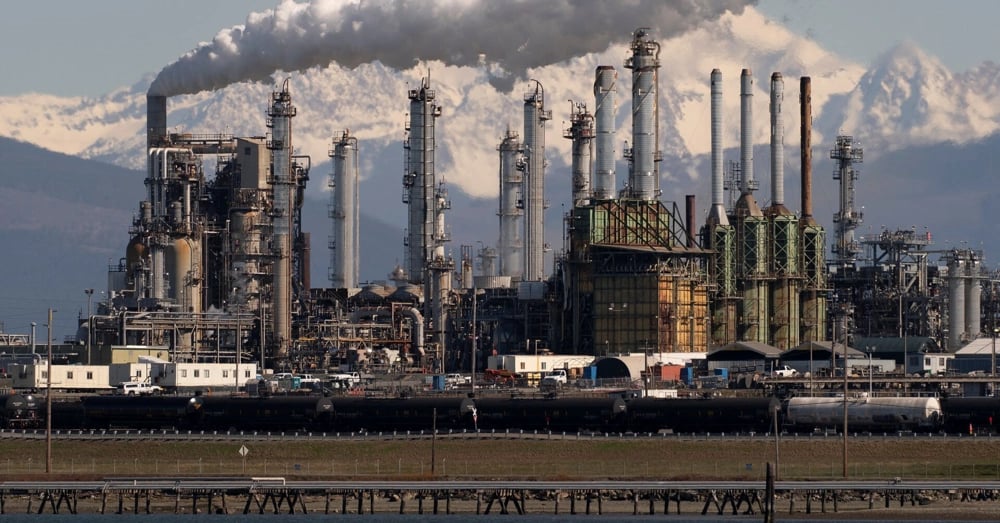



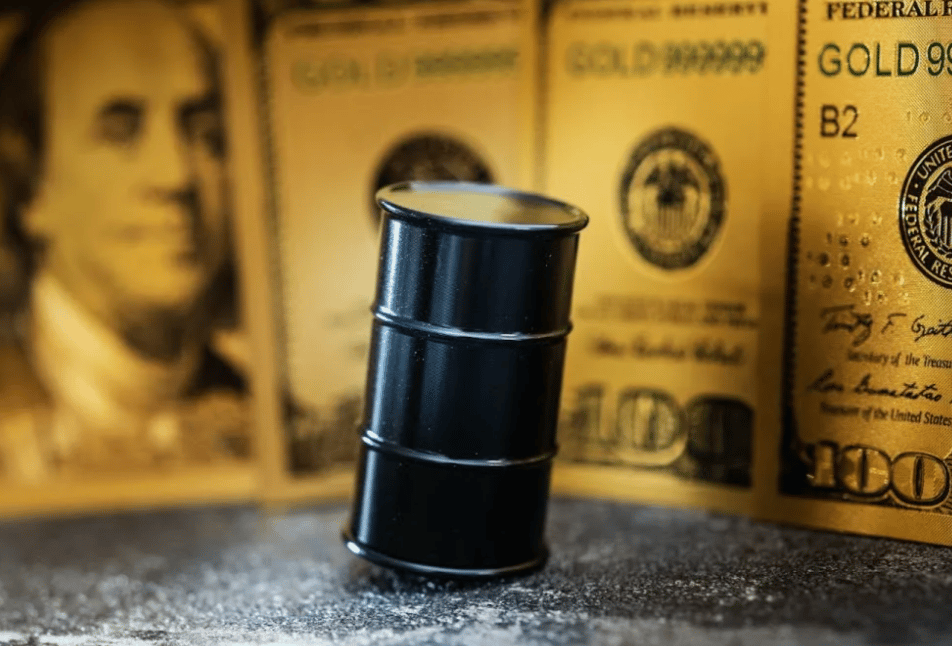

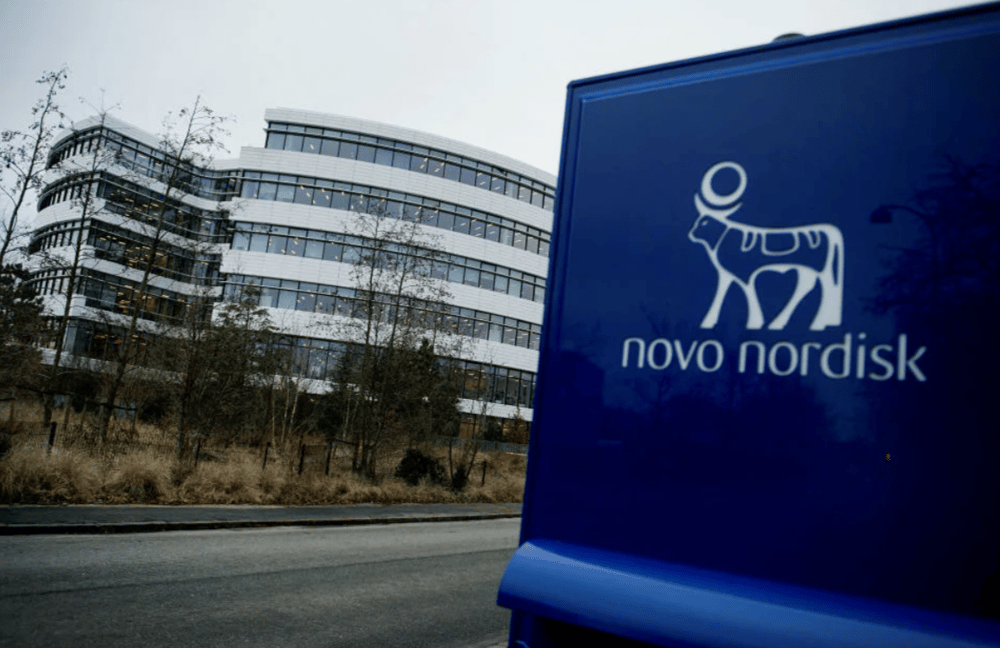

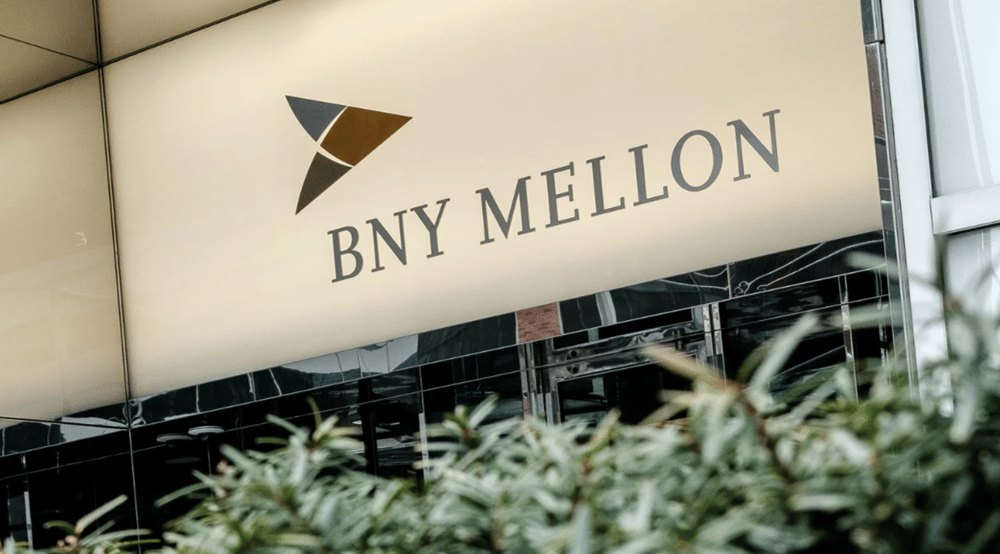

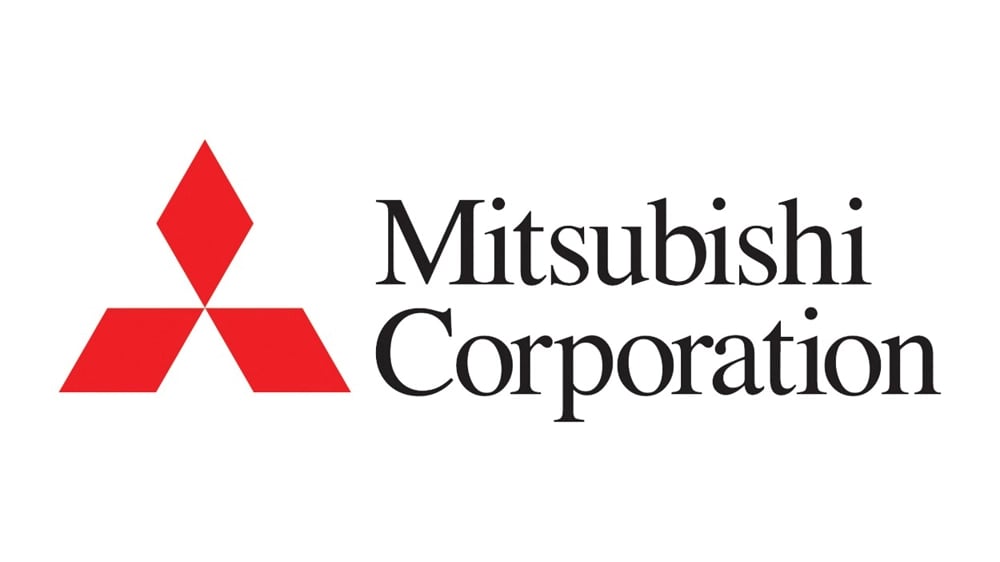
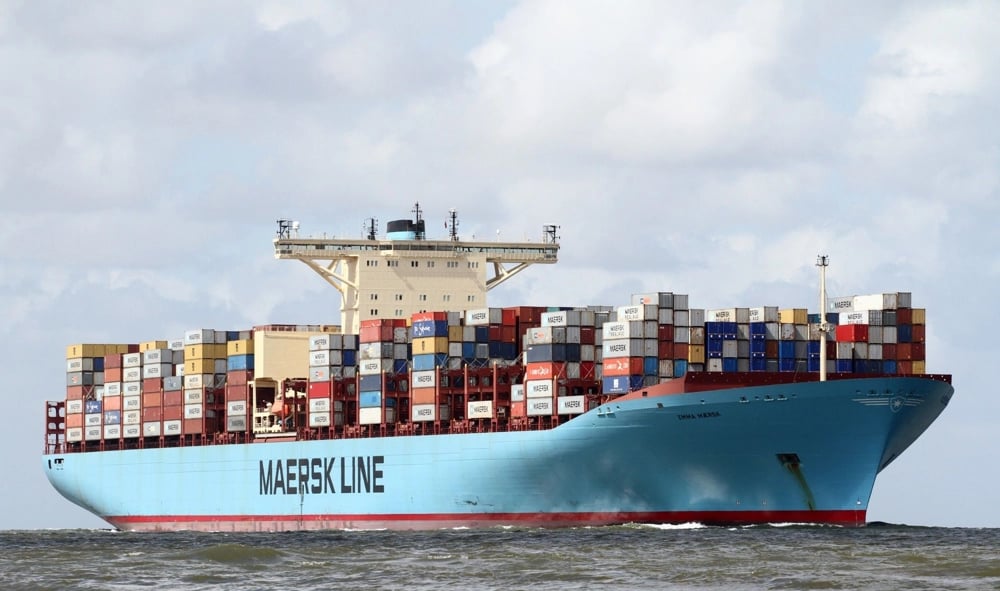
Comments